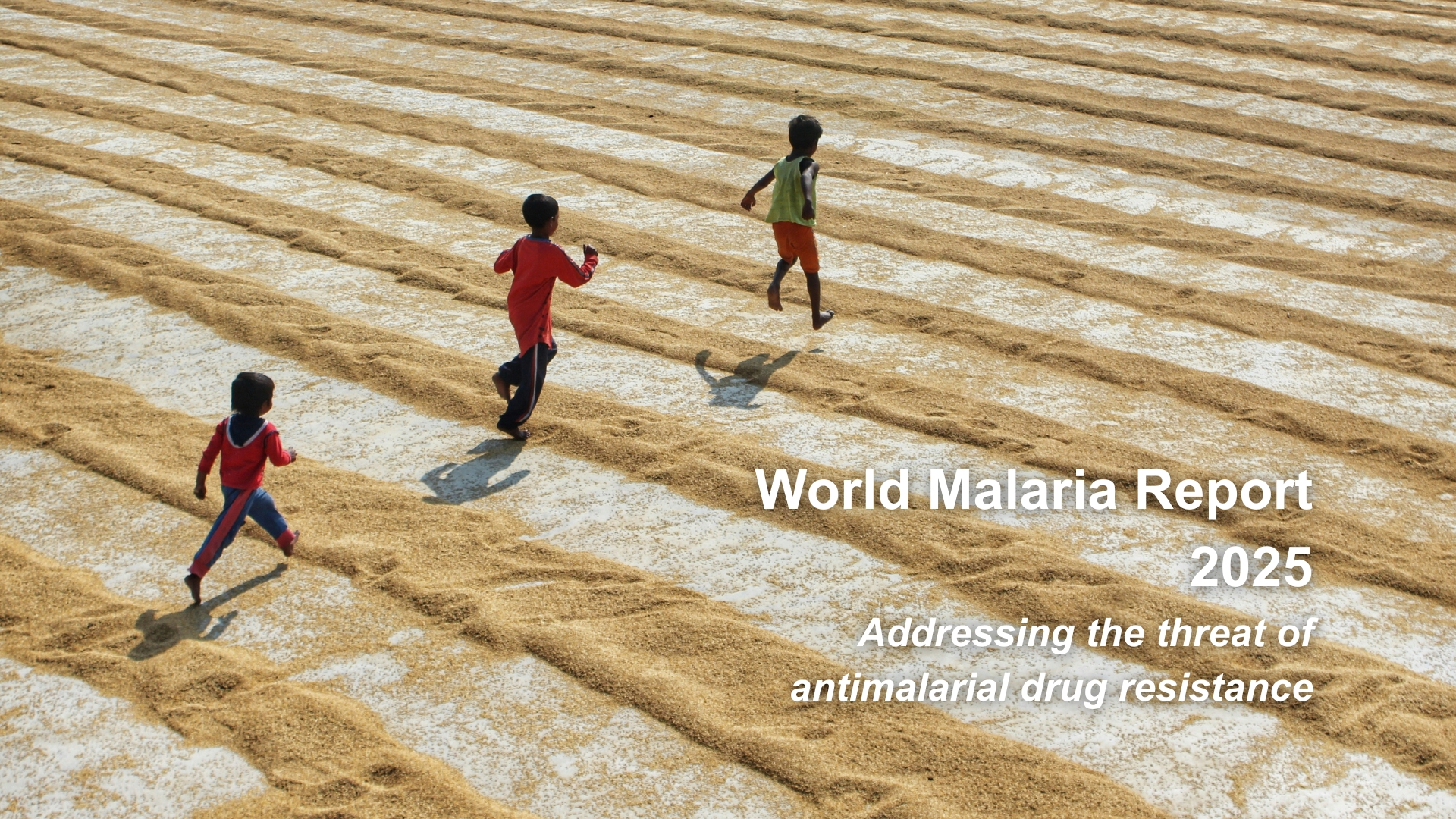
As the Asia Pacific region continues to adapt to the evolving COVID-19 pandemic and the new global health landscape, several countries in the region have shown unwavering resilience to accelerate progress in the fight against one of our oldest and deadliest diseases, malaria. This year’s APLMA Leaders’ Dashboard, which tracks progress towards malaria elimination reveals notable policy reforms and milestones, even amidst the challenges of the pandemic. With less than a decade left to reach the 2030 elimination goal, the data also affirm the findings of the World Health Organization's (WHO) World Malaria Report 2021 and highlights pockets of the region that require urgent attention.
Policy Progress in Asia Pacific
This year, Cambodia, Vietnam and Timor-Leste have joined the list of countries (China, Indonesia, Democratic People’s Republic of Korea, Republic of Korea, Malaysia, Sri Lanka, Thailand) who have achieved all the policy milestones of the Dashboard, bringing the number of countries that have met this benchmark to an impressive ten. From sustaining a whole-of-government response against malaria as an infectious disease, to developing a financial sustainability plan beyond elimination, each of the milestones achieved by these countries has and will continue to contribute to improved health security and stronger outbreak response. The progress is also testament to the actions urged by government leaders at the 2021 Asia Pacific Leaders Dialogue for Malaria Elimination.
Six Countries Gain Six Policy Milestones
- Cambodia has successfully initiated the development of an elimination financing sustainability plan.
- Lao PDR formally established its malaria elimination taskforce in 2021, which convened its first meeting in July 2021.
- Myanmar developed an elimination financing sustainability plan as part of the National Strategic Plan 2021-2025. This includes a funding landscape and an annual financing allocation plan.
- Nepal established a national malaria elimination task force at the center level and is in the process of planning a provincial level task force.
- Vietnam has also established a malaria elimination task force (formed in 2019), achieving all policy milestone of the Leaders’ Dashboard.
- Timor-Leste established an Independent advisory committee and task force for communicable diseases.
Dashboard Data Reinforces World Malaria Report 2021 Findings
In the past decade, countries in the Asia Pacific region have almost halved the number of malaria infections and made significant gains towards their goal of eliminating malaria by 2030. And this momentum in most of the region has continued despite the pandemic, with a drop in malaria cases by almost 10% between 2019 and 2020. This would not be possible without the commitment and agility of national malaria programs and partners in adapting and integrating malaria responses with COVID-19 pandemic efforts.
Key Highlights in the Region Include:
- The Greater Mekong Sub-region (GMS) reported an 89% decline in cases and 99% decline in deaths since 2010.
- Thirteen countries in Asia Pacific reported zero malaria deaths in 2020.
- 12 out of 18 malaria endemic countries in Asia Pacific reported a drop in cases despite the pandemic e.g., Cambodia (72%), Bangladesh (64%), and Nepal (38%).
- 15 countries in Asia Pacific achieved the WHO Global Technical Strategy milestone of reducing malaria incidence by 40% in 2020 when compared to 2015.
- Nepal reported fewer than 100 cases for the first time.
- India’s consistent efforts working towards a malaria-free India, is commendable. The country reduced malaria cases by almost 50% from 2019 to 2020. Among the 11 countries that are part of the WHO's High Burden to High Impact initiative, only India registered progress against malaria.
Although remarkable progress has been made, 2 billion people remain at risk of malaria in Asia Pacific. The COVID-19 pandemic has further weakened already fragile health systems, and several countries saw a surge in cases in 2020.
Papua New Guinea and the Solomon Islands are in a particularly precarious place; malaria cases have more than doubled over the last five years in both the countries.

The global health crisis has put additional financial strain on many countries with already limited health budgets. The most vulnerable communities with limited access to formal health services continue to suffer the greatest burden.
Near-elimination countries were also not spared. Both Bhutan and Timor-Leste experienced malaria outbreaks in border areas with India and Indonesia respectively, likely exacerbated by a redeployment of health resources to respond to the pandemic. Though Timor-Leste and Bhutan were both able to respond swiftly to mitigate these outbreaks, this experience further highlights the importance of both sustained malaria interventions and cross-border collaboration to prevent, test and treat the disease. Bhutan and Timor-Leste are now aiming to eliminate malaria as part of the E2025 initiative along with 6 other Asia Pacific countries*.
For these reasons it is critical to maintain efforts to improve infectious disease control, strengthen disease surveillance systems, inter-ministerial and cross-border collaboration mechanisms. We must step up the fight for malaria elimination - a preventable and treatable disease which has already been eliminated from over forty countries around the world.
The APLMA and APMEN Secretariat look forward to continuing to work with countries in Asia Pacific to support their efforts towards elimination of malaria.
*Bhutan, Democratic People’s republic of Korea, Nepal, Malaysia, Republic of Korea, Thailand, Timor-Leste and Vanuatu.
APLMA Leaders' Dashboard 2021 Brochure
DOWNLOAD PDF

APLMA Leaders' Dashboard 2021
GO TO DASHBOARD

.svg)


.jpg)






